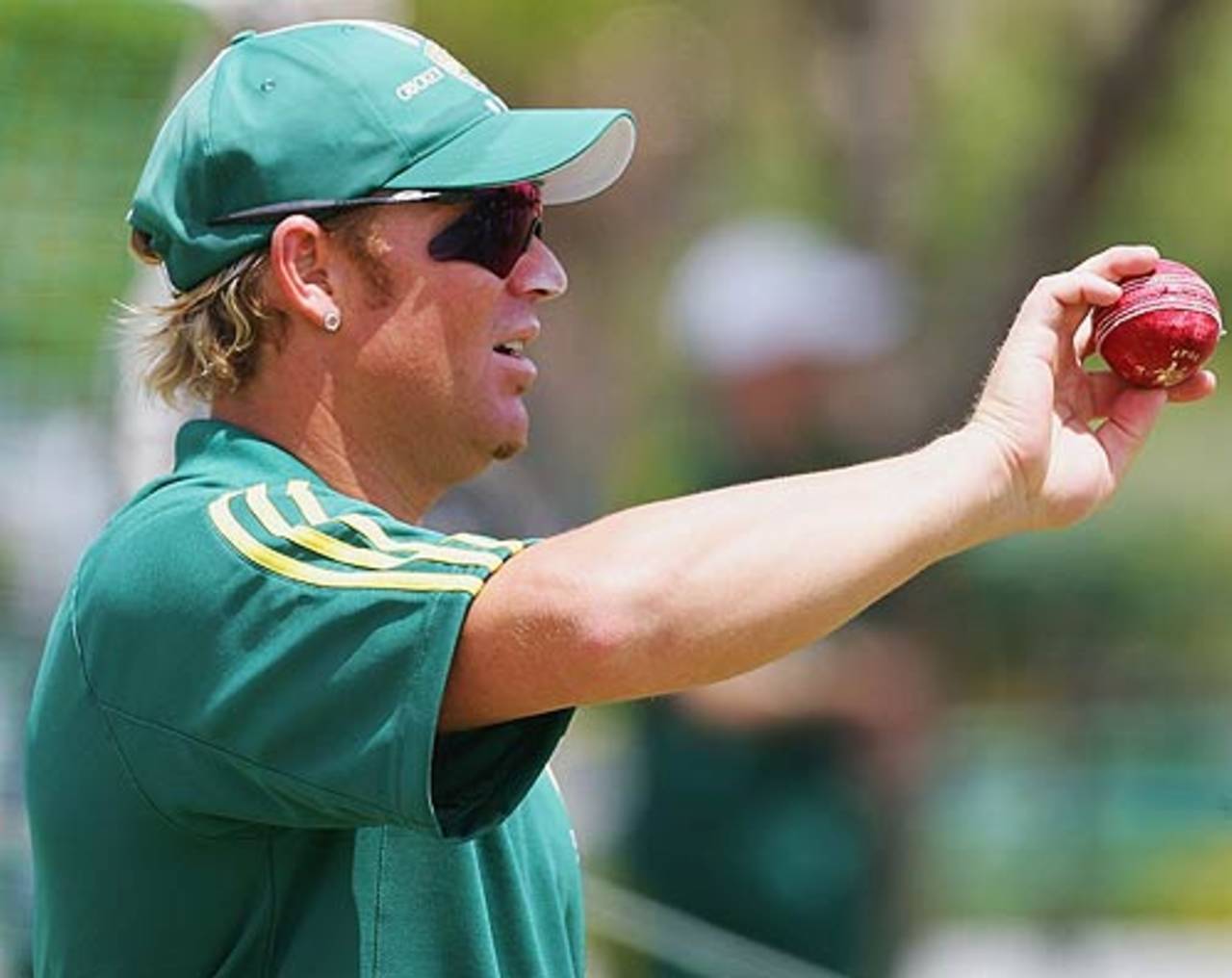The 1990s marked a resurgence in spin bowling in Tests after a decade dominated by pace. If you ask most fans to name a prominent spinner from the 1980s, they will probably name Abdul Qadir, if at all. India did have a couple of talented spinners - Maninder Singh and L Sivaramakrishnan - who came of age in the early 1980s, but their careers remained unfulfilled.
In 1990, all that changed.
Anil Kumble emerged as an unorthodox legspinner. He was to be followed by
Shane Warne. Pakistan found Mushtaq Ahmed, followed quickly by Saqlain Mushtaq, and Sri Lanka found Muttiah Muralitharan. Towards the end of the 1990s, Harbhajan Singh burst onto the scene. Before they were finished, these six spinners would take nearly 3000 Test wickets between them.
By 2013, Graeme Swann, Danish Kaneria, Rangana Herath, Stuart MacGill and
Daniel Vettori all took at least 200 Test wickets each. These bowlers were part of varied attacks and had contrasting conditions available for spin bowling at home. Some acquired reputations as attacking spinners, others, like Vettori, were often criticised for not attacking enough. This era of spin-bowling resurgence can be divided into two periods: the 1990s, dominated by the giants (Kumble, Warne and Murali), and the 2000s, when these giants were still very much present (in fact, each took more wickets in the 2000s than in the 1990s), but were joined by a flood of other spinners. By the late 2000s every one of the top eight Test teams had at least one quality front-line spinner.
It has been argued that Warne's struggles against India
from 1998 to 2001 were on account of an injury, and that he was a far better bowler in the first part of his career than after 1998. He stopped bowling his famed flipper in the 2000s and relied more on his astonishing control and variations (real and fictitious!). I have long felt that the English and South African batting line-ups in the 1990s that Warne
troubled severely were modest, especially against spin bowling. He played better line-ups in the 2000s, and did better against them. This is seen through his improved strike rate against batsmen averaging 35 for scores under 35 in the 2000s.
The
Median measure, which I defined in my
earlier post along with
Specialist Strike Rate, settles a debate about Warne and MacGill, who had a most peculiar Test caree and whose wickets included a disproportionate number of batsmen with low averages.
Columns B and C, when read with the Specialist Strike Rate (Column I), suggest a peculiar pattern involving bowlers who spin the ball away from right-hand batsmen (Warne is the exception). One reason for this could be the increasing influence of left-hand batsmen. In the 1990s, left-handers scored 27% of the runs in Tests. In the 2000s, this rose to 36%.
What is most striking is the improvement in the strike rates of Warne and Murali in the 2000s. They got wickets two and a half overs faster in the new millennium than they did in the 1990s. In Kumble's case the improvement is about an over per wicket. It would be worth asking Warne about the change in cricket, and in his bowling, from the 1990s to the 2000s.
The figures also reveal the limits to being a fingerspinner in Tests. Those high specialist strike rates are down to the fact that fingerspinners typically bowl a lot in the first innings of matches, when there is a need to keep the runs down and the pitches are good. Vettori, who started his career as an attacking bowler developed into New Zealand's defensive stock bowler. Containment became his mantra. The pitches he bowled on, especially in the first innings of matches when spinners do the majority of the bowling in their career, made this development inevitable.
Spinners dismiss a top-order batsman cheaply on average once every 50 overs or so. The great ones, like Warne, achieved this once every 30 overs at their best. What the two measures here suggest to me, is that a spinner's bowling average is perhaps far more contingent on the bowling line-up that he is a part of than one might imagine.
Paul Harris or Ashley Giles, for example, must have been at the back of the queue when their captains considered bowling combinations against opposition tailenders. I don't blame these captains. Having Steve Harmison or Simon Jones or Dale Steyn or Andrew Flintoff or Morne Morkel available on pitches suited to these fast men make it entirely reasonable that they should be preferred. A similar argument could be made about Mushtaq Ahmed in the 1990s. Wasim, Waqar and Shoaib probably got first crack at the lower order, and this was usually enough.
All stats are updated till the Australia v England Brisbane Test, 2013


